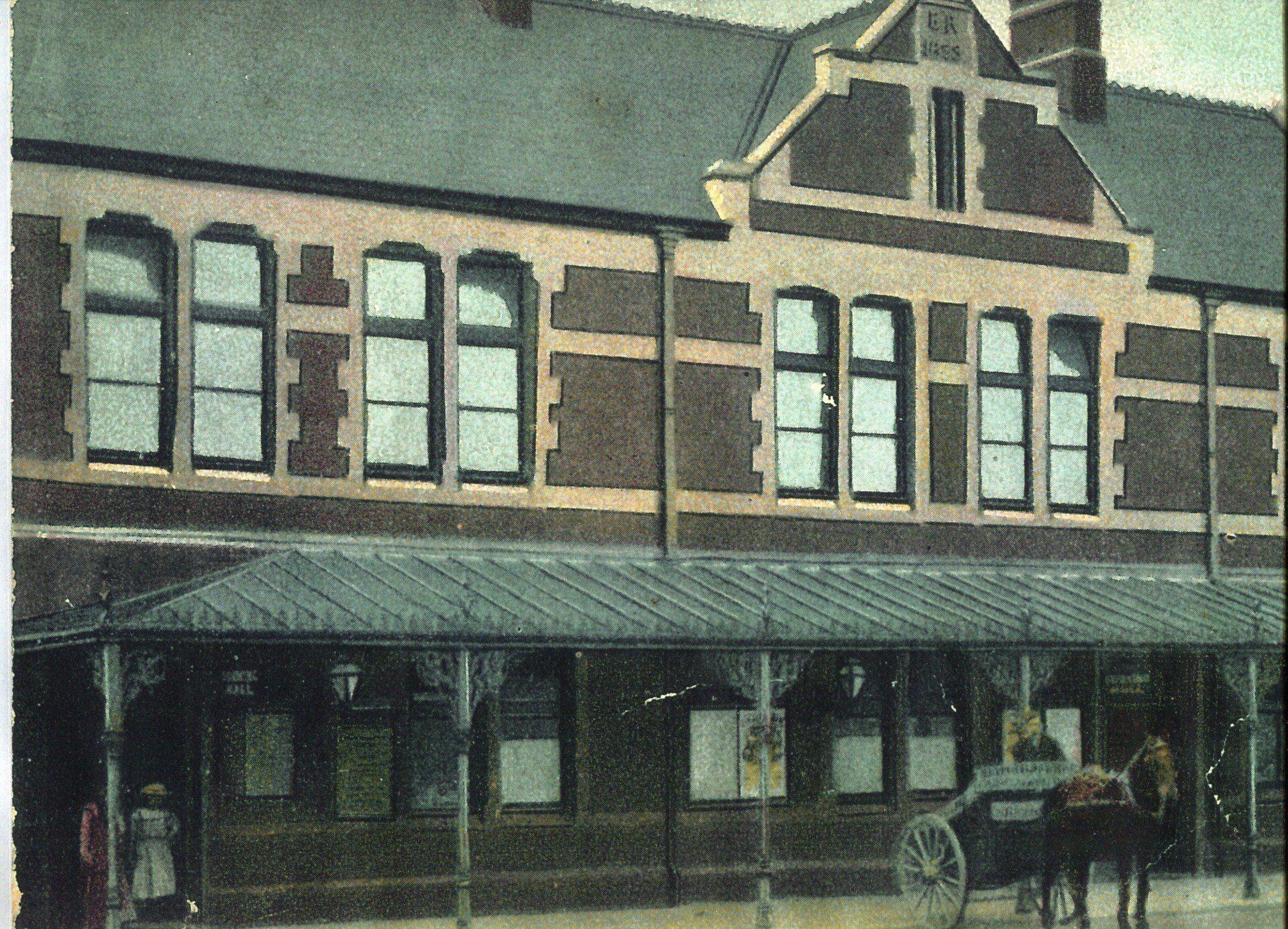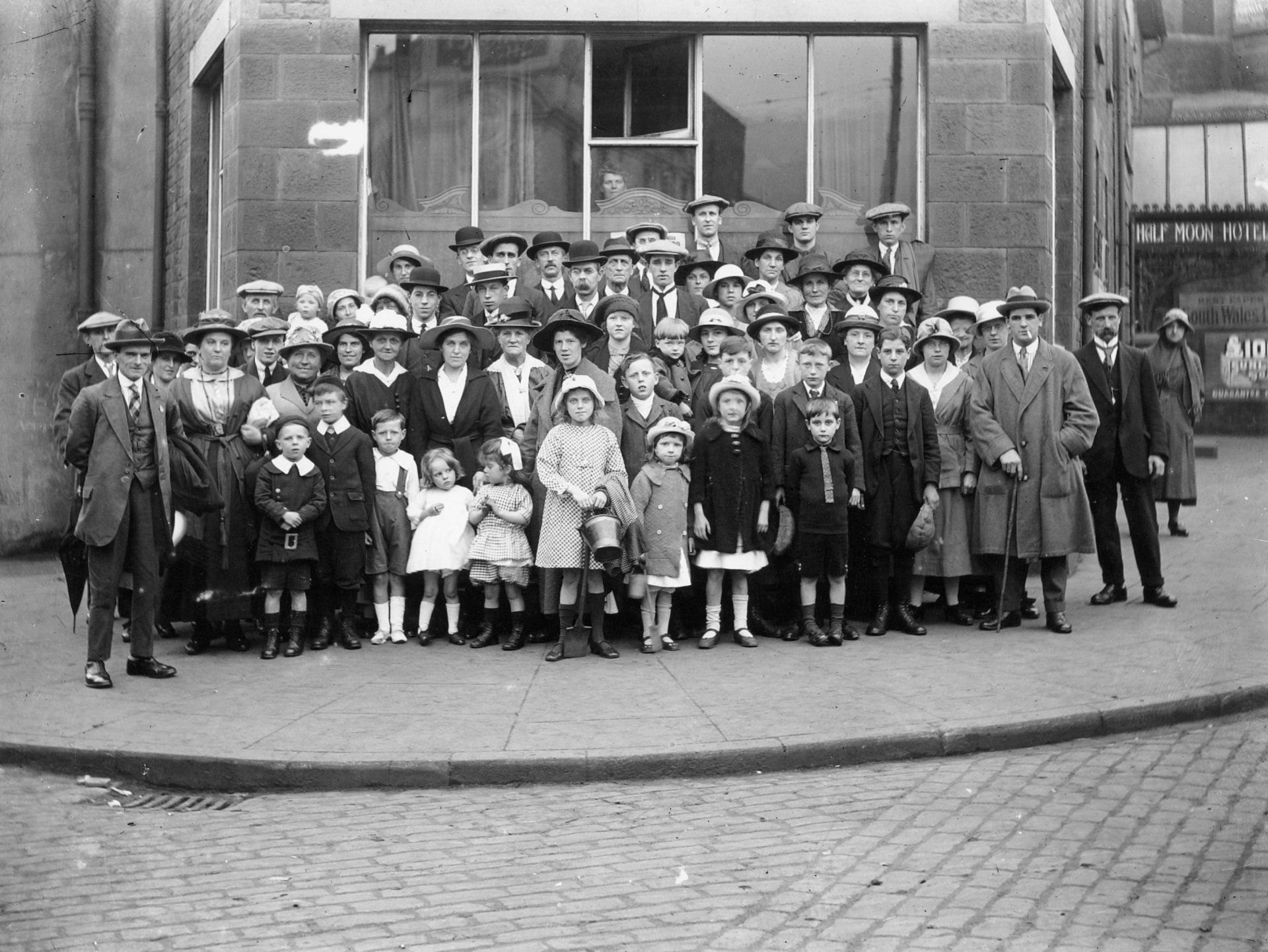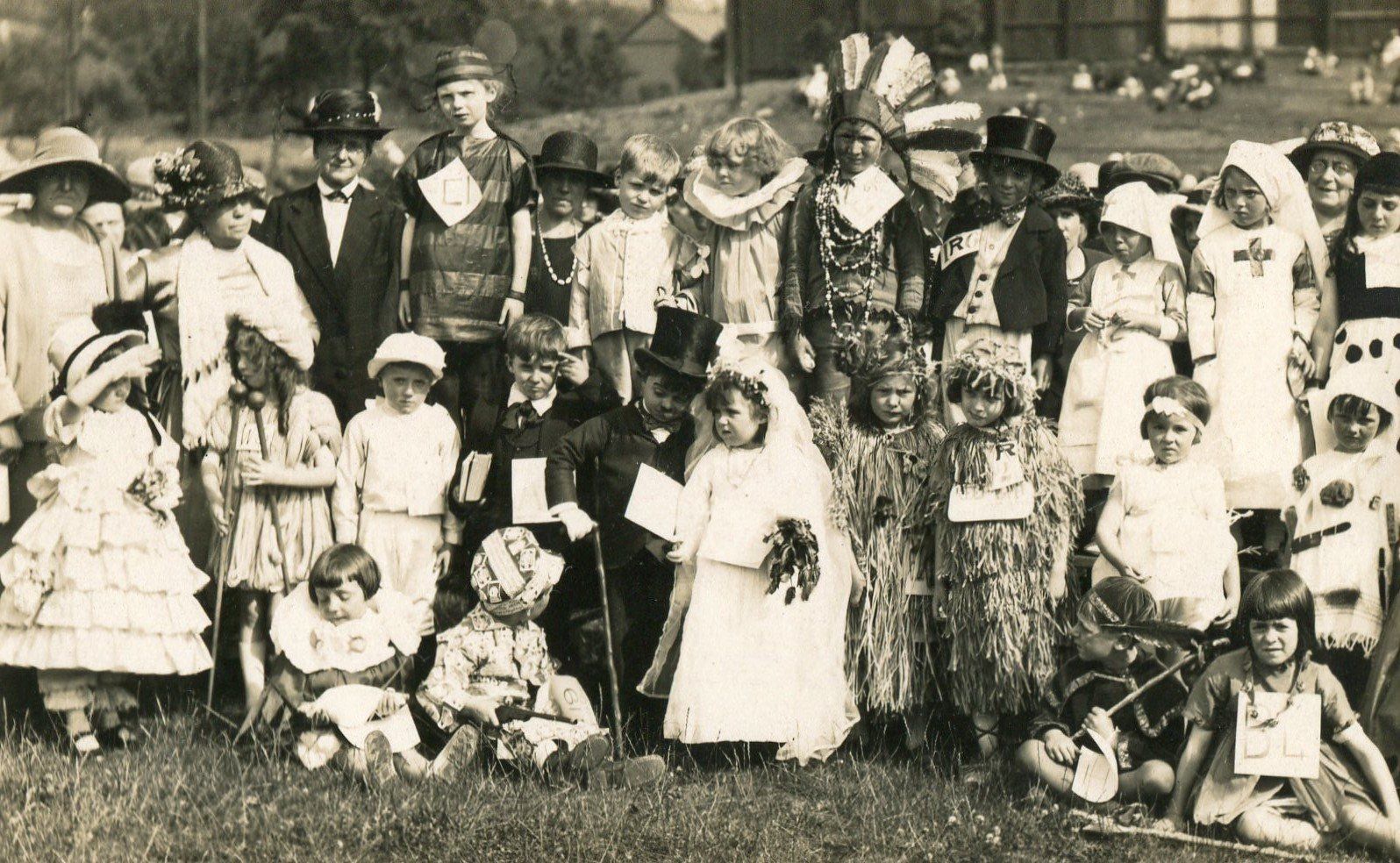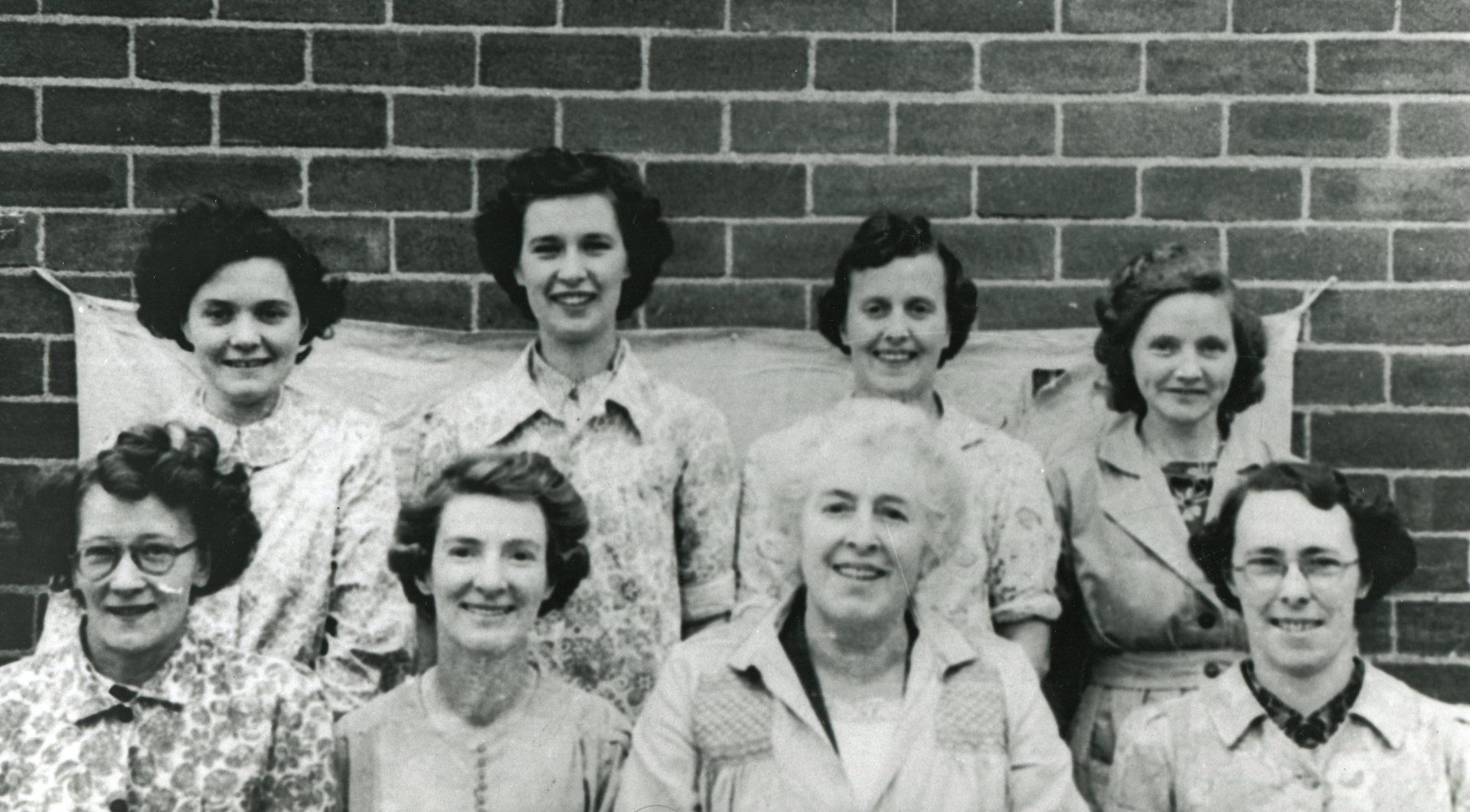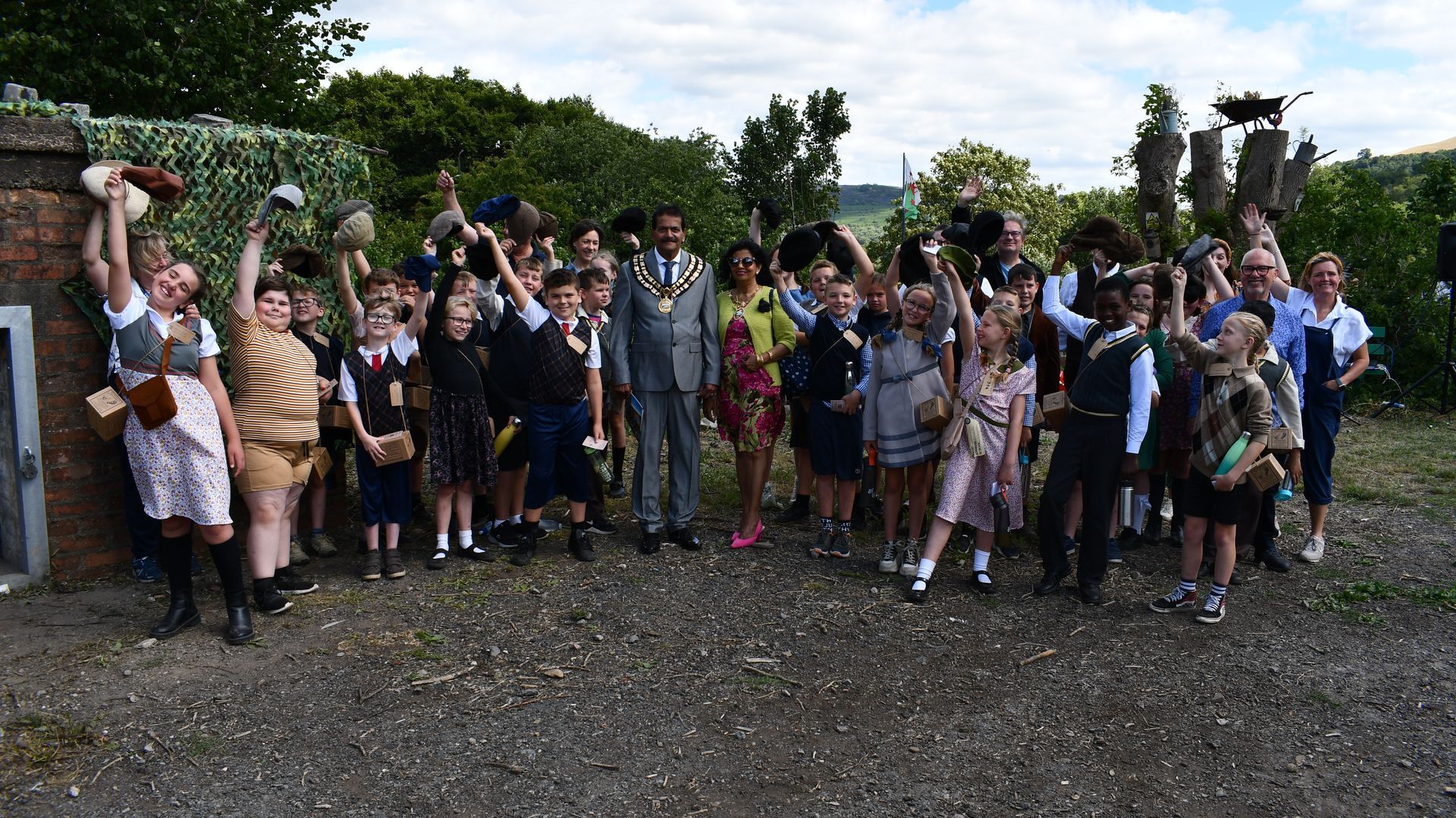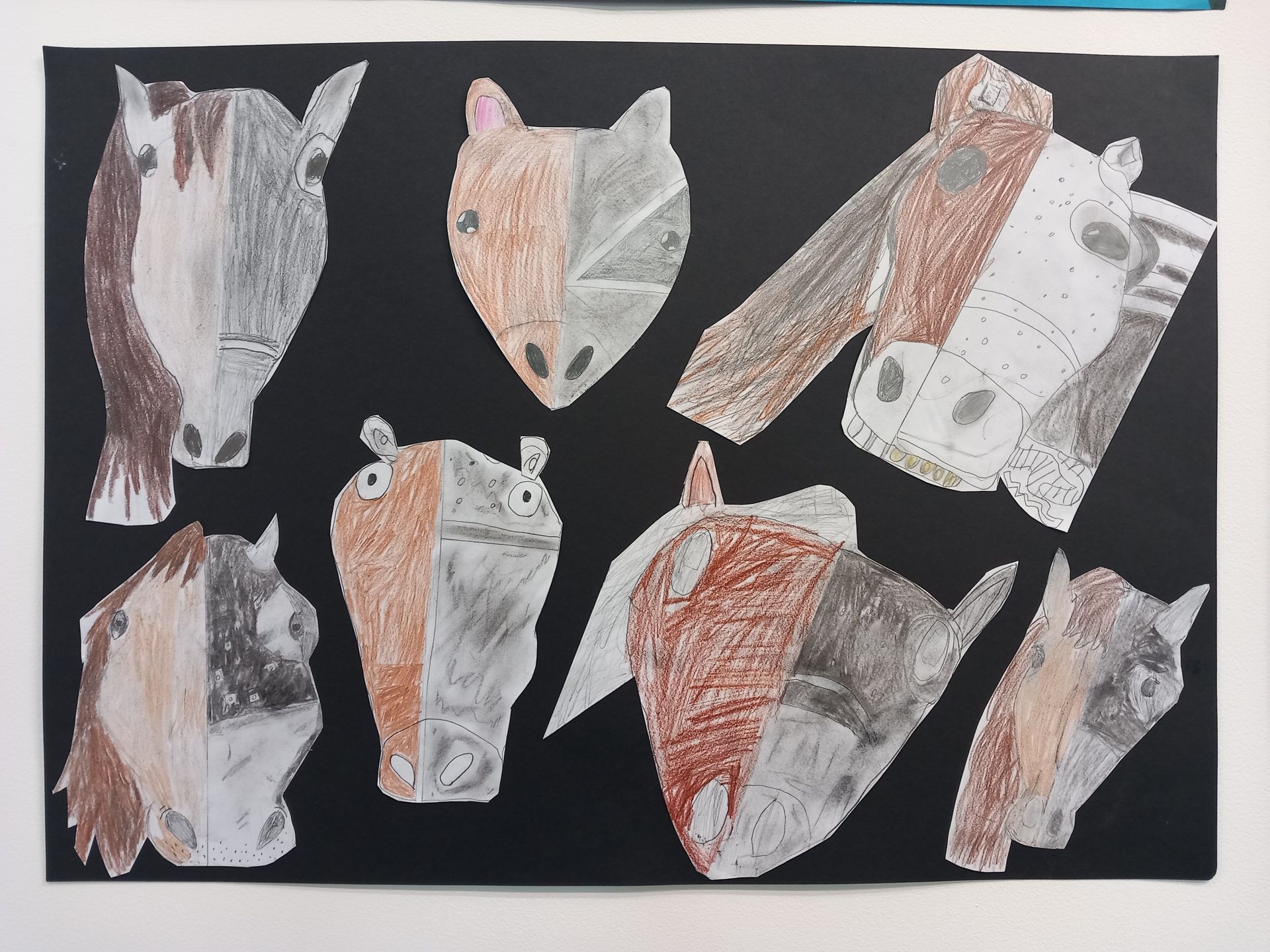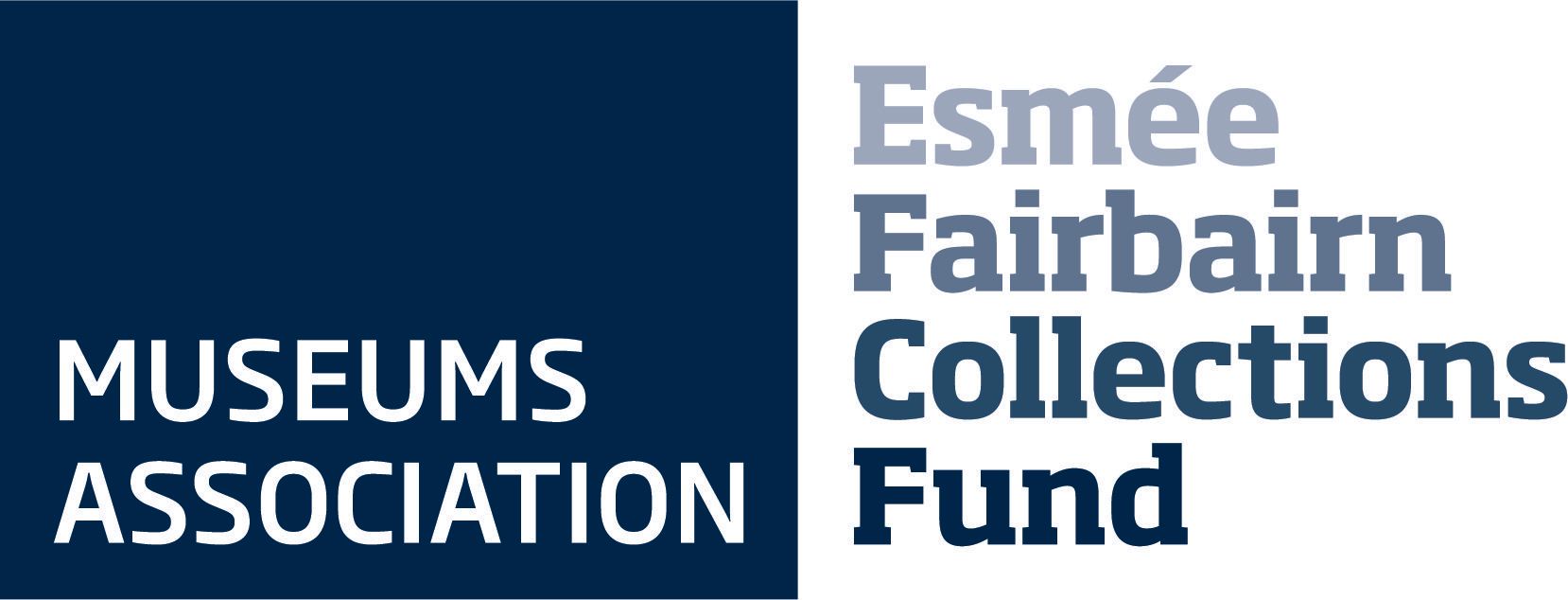Miss Gladys Cuff, Pontypridd teacher - The happiest days of your life?
Historically, it’s long been said that Wales’ main exports have been coal, water and teachers. Teaching was one of the few professional occupations readily open to women in Wales for much of the 20th century, and one which was traditionally held in high esteem. By 1921, 74% of teachers in Welsh elementary schools were women. This blog is based on the recollections of one woman teacher – Gladys Cuff of Trallwn - whose story reflects experiences held in common with many other gifted young women of her time.
Gladys was born in 1906. Her father was a miner and the family lived in Bonvilston Road. She attended the local schools in Trallwn and showed promise in her work. Unlike many of her friends, she didn’t go into domestic service at 14 but stayed on at secondary school. He father and mother encouraged and were able to support her ambition to become a teacher. Not that Gladys’ home life was easy by any means. Her mother was often ill and Gladys was expected to do a large part of the cooking and cleaning around the home. She also kept an eye on her younger brother, Willie, to see he didn’t get into mischief or danger. This was much easier said than done as Willie was a bit of a handful. At the age of 3 he wandered off and was eventually found sitting on the canal bank with his feet dangling in the lock! After that, Gladys took Willie to and from school with her every day.
When she left school, Gladys secured a place at teacher training college, not in Barry where many local women went, but at Bedford College. Her memories of this time show how thorough and intense her training was. There was practical work with class groups of 30 children. If she worked the morning shift, she began her day at 8am by washing the children and dressing them in school overalls. The children then had breakfast served by 9 o’clock. After that, each student was given a group of children to teach until lunchtime, when they washed the children’s hands and supervised their meal. Afterwards children were allowed to nap for one hour. If the student teacher was on the afternoon shift too, the teaching schedule was repeated until the mothers came to fetch the youngsters at about 4.30pm. In the evening the students would go home and change out of their teaching overalls, and come back for lectures on subjects such as education theory and psychology. From Bedford, Gladys moved on to study at a college in north London, from where she visited schools in the community. It was interesting to hear Gladys say that visually impaired children and those with other disabilities were brought to the college and taught in demonstration lessons for the students.
When Gladys finished her training she felt well-equipped to face whatever her chosen profession could put in front of her. She secured her first teaching post in Yorkshire. But when she got there it wasn’t the orderly, manageable, class of 25-30 she’d been used to in training – her first class was 60 kids! It was a rude awakening to the realities of teaching in the 1920s. During Gladys’ first year teaching her mother died, but Gladys was unable to find a teaching post in Pontypridd to come back to.
She stayed in Yorkshire for 7 years, immersing herself in the community by joining the local operatic and choral societies – Gladys had always been musical, and was Bonvilston Road Church organist from the age of 12 until starting college. Eventually a teaching post came up at Hawthorn School and Gladys was able to return to Pontypridd. She was there 4 years, by which time a new school had been built at Glantaf. She joined the staff there and stayed until she retired.
Those who failed to find work locally looked further afield. Gladys recalled a number of her friends left Pontypridd in the 1930s, for London, Slough or the Midlands. Some found work in domestic service, or maybe in factories. Many of them married whilst away and never came back. For women of Gladys' generation a teaching career meant they could never marry - if a woman teacher married she was expected, and often forced (a marriage bar for women teachers was formally introduced by Glamorgan Education Authority in 1922), to give up her job and care for the family home. Alongside other unmarried friends who returned to Pontypridd to become teachers Gladys formed a close-knit group. They socialised and went on holiday together, both in the UK and abroad, giving her a fund of happy memories.
Our schooldays are supposed to be the happiest days of our lives. I'm sure that's a moot point, dependent on personal experience - each of us could relate the highs and lows of the time we spent in formal education. But one thing is certain, a good teacher can go a long way to making these years tolerable and, yes, even enjoyable - and Wales has long been the training ground for some excellent, dedicated, teachers.




